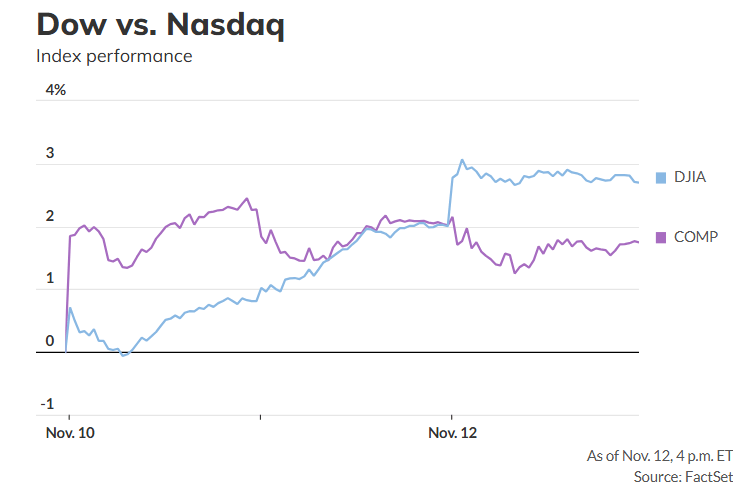Retirement should be a time of financial stability, but hidden bank fees are quietly eroding the savings of millions of seniors. Banks often advertise “free” accounts or low-cost services, but the reality is that small charges add up quickly. For retirees living on fixed incomes, even modest fees can make a noticeable difference in monthly budgets. These costs often go unnoticed until they accumulate, leaving seniors wondering why their balances are shrinking. Understanding where these fees come from is the first step toward protecting your retirement cash.
Fee #1: Overdraft Protection Charges
Overdraft protection sounds like a safety net, but it often comes with a hefty price tag. Seniors who accidentally overspend may find themselves hit with multiple overdraft fees in a single day. Some banks charge $35 or more per transaction, even if the overdraft is only a few dollars.
Worse, “protection” programs may automatically transfer funds from savings accounts, triggering additional transfer fees. Retirees should consider opting out of overdraft protection or setting up alerts to avoid these costly surprises.
Fee #2: ATM Usage Costs
Using an ATM outside your bank’s network can result in double charges—one from your bank and one from the ATM operator. Seniors who travel or live in areas with limited access to their bank’s machines are especially vulnerable.
These fees may seem small, but frequent withdrawals can add up to hundreds of dollars annually. Choosing a bank with a wide ATM network or reimbursement policies can help retirees keep more of their money.
Fee #3: Paper Statement Charges
Many seniors prefer paper statements for clarity and recordkeeping, but banks increasingly charge for this service. Fees range from $2 to $5 per month, which may not sound like much, but adds up over time. For retirees who value physical records, these charges feel like a penalty for tradition.
Seniors can avoid them by switching to electronic statements, though this requires comfort with digital banking. For those who prefer paper, negotiating with the bank or exploring credit unions may offer relief.
Fee #4: Account Maintenance Fees
Some banks impose monthly maintenance fees unless customers meet specific requirements, such as maintaining a minimum balance or setting up direct deposits. Seniors who rely on Social Security or pension payments may struggle to meet these thresholds. As a result, they end up paying $10 to $15 per month just to keep their accounts open.
These fees are particularly frustrating because they penalize customers for not meeting conditions that may be unrealistic in retirement. Seniors should seek out banks or credit unions that offer truly free accounts.
Fee #5: Foreign Transaction Fees
Retirees who travel abroad or make online purchases from international vendors often face foreign transaction fees. These charges, typically 2% to 3% of the purchase amount, can quickly add up. For seniors who enjoy travel in retirement, these fees can eat into vacation budgets.
Using credit cards or accounts that waive foreign transaction fees is a smart way to avoid unnecessary costs. Seniors should review their cards before traveling to ensure they’re not paying more than they need to.
Why Seniors Are Vulnerable
Banks know that seniors often value stability and may be less likely to switch institutions. This loyalty can be exploited through hidden fees that go unnoticed for years. Seniors may also be less familiar with digital tools that highlight charges, making it harder to spot unnecessary costs. As a result, retirees are prime targets for fee-based revenue. Awareness and vigilance are essential to avoid being taken advantage of.
How to Fight Back
The good news is that seniors can take steps to protect themselves. Reviewing monthly statements carefully can reveal hidden charges. Asking banks to waive fees or switching to institutions with senior-friendly policies can make a big difference. Credit unions often offer lower fees and more personalized service, making them a strong alternative. Seniors should also consider consolidating accounts to reduce complexity and minimize exposure to multiple fee structures.
Hidden bank fees may seem small, but they can steal significant amounts of retirement cash over time. By staying informed, asking questions, and exploring alternatives, seniors can protect their savings and ensure their money works for them—not the bank.
Have you spotted a sneaky fee? Comment to warn others—it could save someone’s retirement budget.
You May Also Like…

Teri Monroe started her career in communications working for local government and nonprofits. Today, she is a freelance finance and lifestyle writer and small business owner. In her spare time, she loves golfing with her husband, taking her dog Milo on long walks, and playing pickleball with friends.






























